When I first planned my trip to Beijing, locals kept emphasizing one thing: Beijing food is something you absolutely cannot miss. The suggestion was simple but compelling—dive into the authentic flavors of old Beijing snacks, especially the kind found tucked away in small alleys. I felt a mix of excitement and curiosity as I prepared to explore these culinary treasures, which often go unnoticed by the average tourist. My adventure quickly led me to realize how vibrant and soulfully satisfying Beijing street food truly is, with each bite telling its own story.
Walking through Beijing’s narrow lanes feels like stepping back into a different era. The aromas wafting from street vendors eagerly beckon you inside. Locals passionately recommended visiting these alleys to try traditional snacks, and their advice was spot-on. With a budget-friendly cost of about 20-25 yuan per person, this tour of tastes felt both authentic and accessible.
One standout aspect was the cozy, community vibe that permeates these spots. You’d be rubbing elbows with friendly neighbors as vendors expertly prepared each dish. It’s a reminder that food here is more than just sustenance; it’s an essential part of Beijing’s cultural fabric. If you’re curious about more unique insights on local eating experiences, chinawink’s Beijing traditional food guide is a great resource for local recommendations and hidden gems.
Among the various treats, one curious drink caught my attention—Bean juice Beijing. At first, I hesitated because it’s not widely known outside the city and has a distinct flavor that often divides opinions. But thanks to a local’s strong recommendation, I decided to try it. The vendor served it with a small fried dough snack that complemented the slightly sour, fermented taste surprisingly well.
The taste was unlike anything I had before. It felt a little earthy, a little tangy, and deeply comforting in a nostalgic way. The experience was worth every yuan spent, and I appreciated this connection to Beijing’s culinary past. For anyone keen on exploring this unique beverage, you can discover more about its history and preparation in authoritative sources such as the Journal of Fermentation Science which validates bean fermentation traditions in northern China.
Further into the maze of alleys stands “Brick Factory 69,” a modest eatery that serves up one of my favorite dishes from the trip: star-fried noodles. These noodles are simple but packed with flavor—stir-fried with fresh veggies, soy sauce, and a secret mix of spices. The noodles were delightfully chewy, with every bite bursting with savory notes.
Eating here felt like sharing a meal with locals rather than being just another tourist. The price per person hovered around 25 yuan, making this dish not only delicious but also incredibly budget-friendly. If you enjoy authentic street food like I do, this spot offers a perfect example of real Beijing street food that often flies under the radar. You can take a look at more street food recommendations and where to find them in our Beijing traditional food guide.
Another place I couldn’t overlook was “Carnival Snack,” a tiny street stall that captured the whimsical spirit of old Beijing. Here, quick bites like skewers and fried treats were served alongside bustling crowds, making for a lively atmosphere. The offerings were perfect for grabbing a quick munch while wandering around historic neighborhoods.
Though each person spends less than 25 yuan, the quality and taste are remarkable for such simple street fare. From crunchy to savory, each snack gave me a deeper appreciation for how much diversity and character Beijing street food holds. For those eager to explore more carnival-style or festival food in the city, chinawink has detailed guides highlighting spots loved by locals.
Reflecting on my food adventure, I realized that Beijing food is more than just meals—it’s a way into the city’s culture, history, and daily life. Sampling old Beijing snacks in quiet alleys, sipping Bean juice Beijing, and savoring hearty star-fried noodles all felt like tasting the spirit of this vast city itself.
Every bite told a story passed down through generations, and every alley offered a glimpse into a life that still treasures these simple pleasures. If you’re planning a visit, make sure to carve time for street food exploration—it’s an experience that stays with you long after you’ve left. For more in-depth tips, check out chinawink’s Beijing traditional food guide and start mapping out your delicious itinerary today.
Introduction: A Taste of Beijing Food
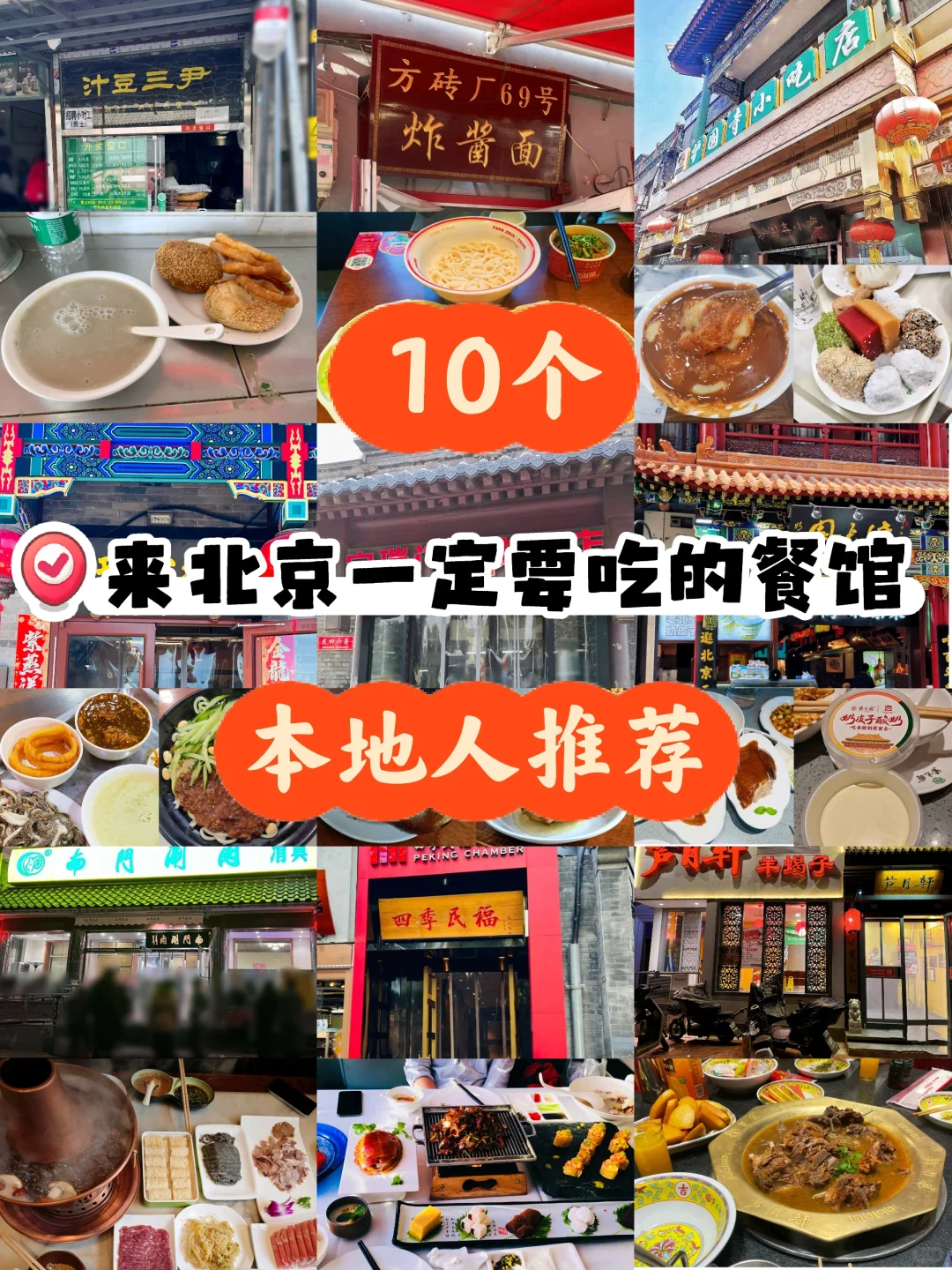
Exploring the Alleys: Old Beijing Snacks
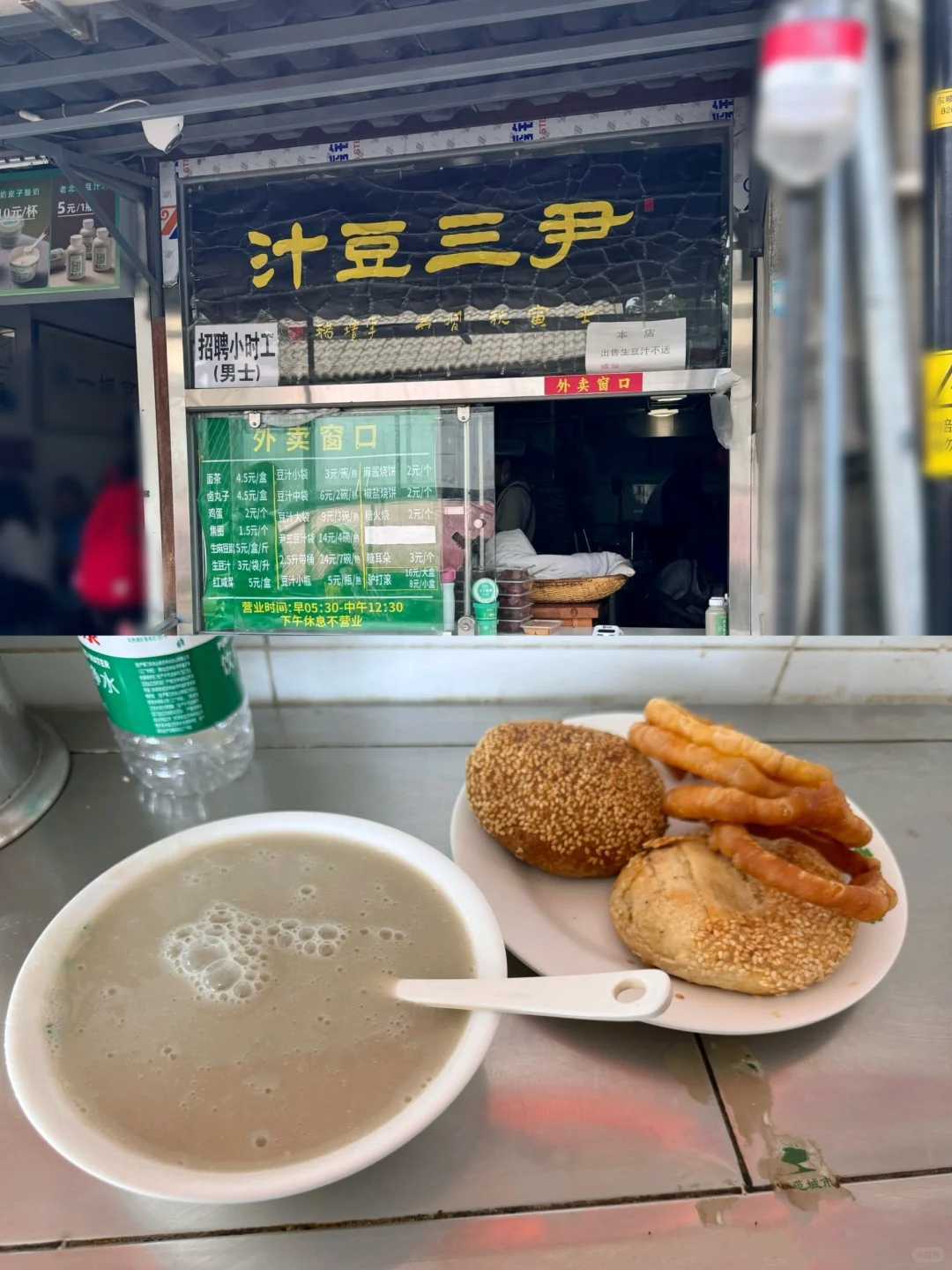
My First Sip of Bean Juice Beijing
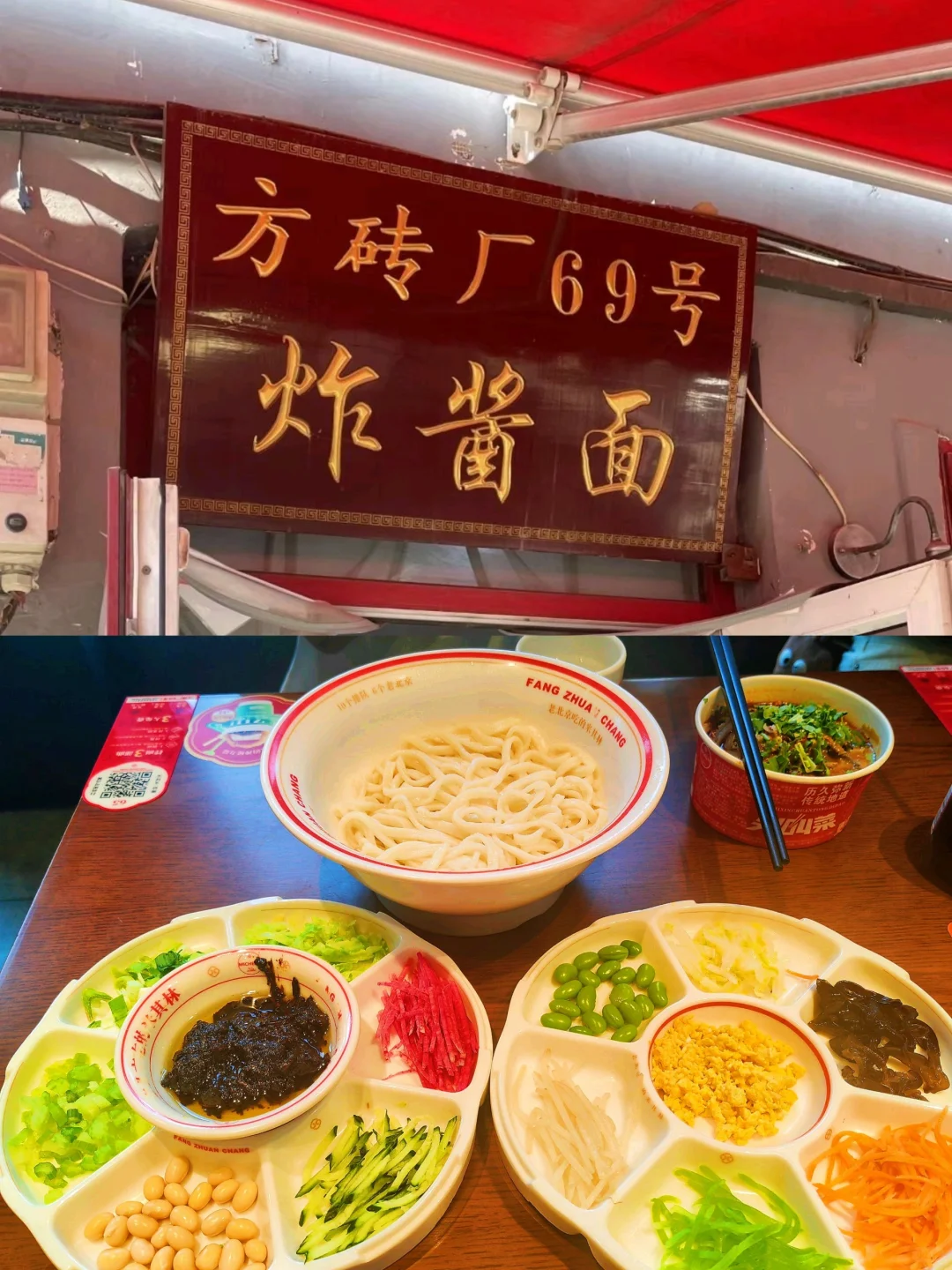
Star-Fried Noodles: A Hidden Gem
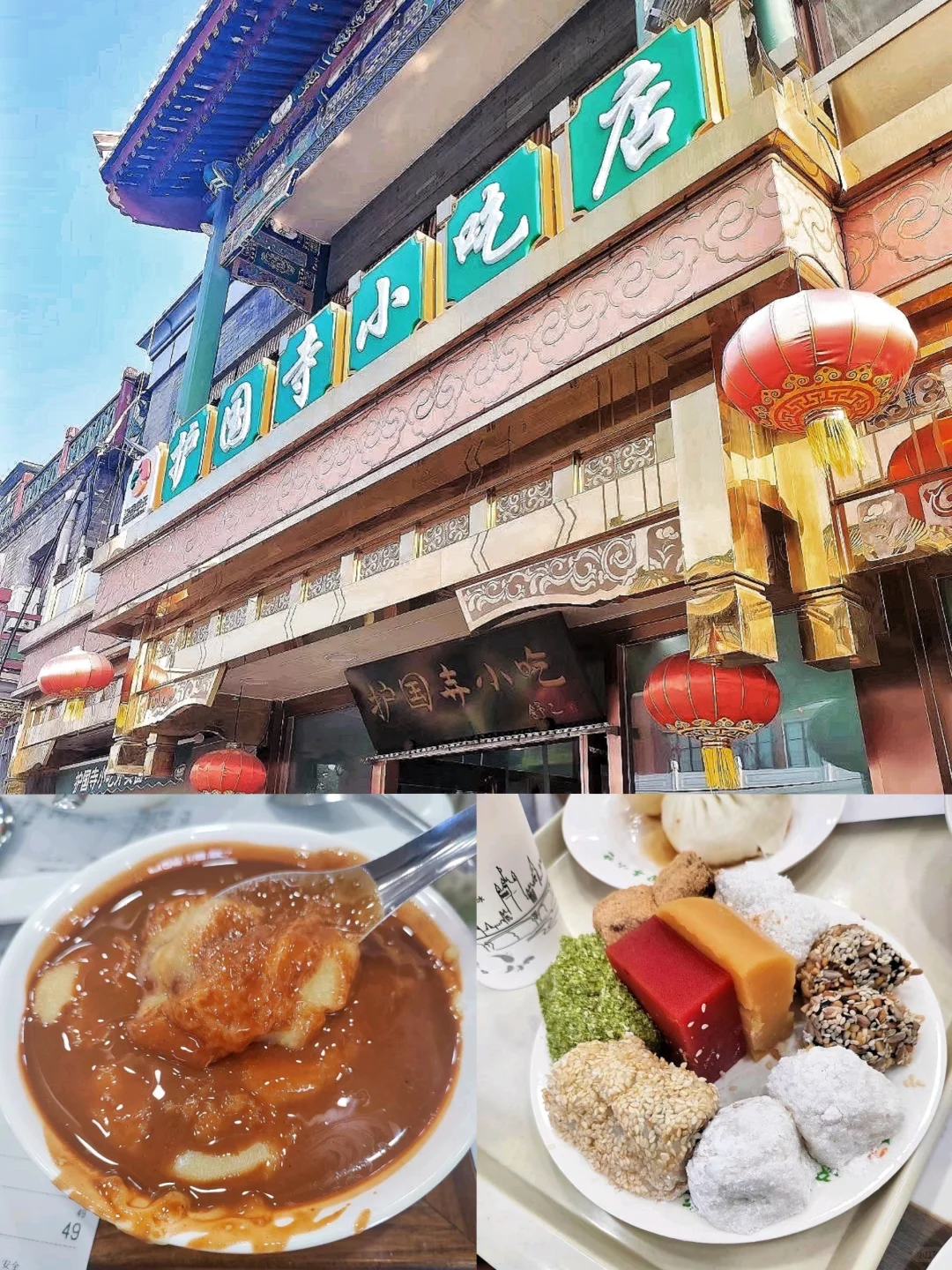
A Quick Stop at the Carnival Snack
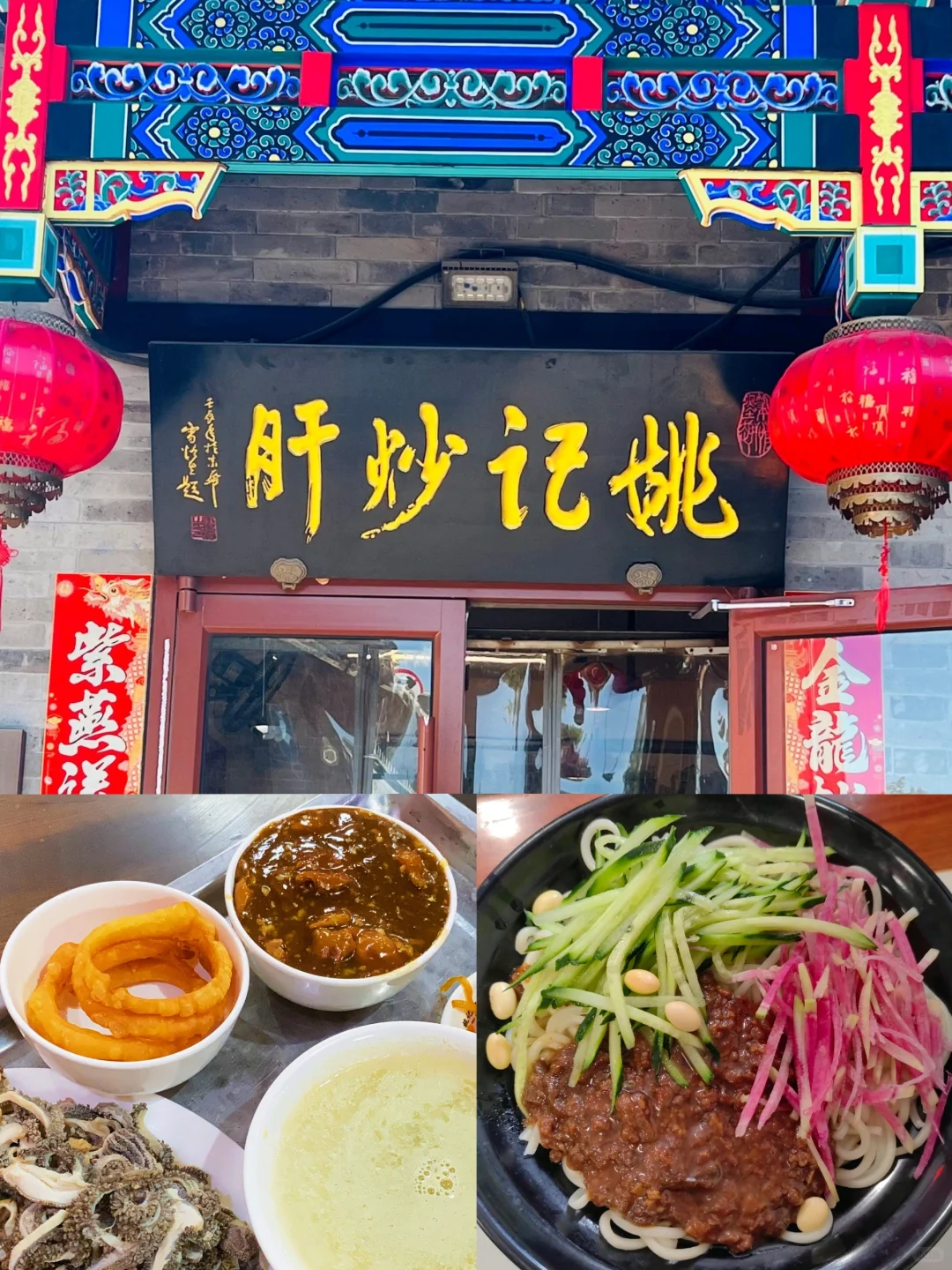
Wrap-Up: Why You Should Try Beijing Street Food

Frequently Asked Questions About Beijing Traditional Food Guide
Iconic snacks include jerked meat pies, sugar-coated hawthorn (tanghulu), bean juice, and star-fried noodles.
Small local vendors in Beijing alleys, especially around the old hutong areas, often serve fresh bean juice.
Most snacks and small dishes cost around 20 to 25 yuan per person.
Yes, but it’s best to choose busy stalls with high turnover to ensure food freshness.
Yes, many vendors offer vegetable-based dishes like stir-fried noodles, dumplings, and bean curd snacks.
Early mornings and late afternoons are great for fresh snacks and experiencing local life before peak tourist hours.
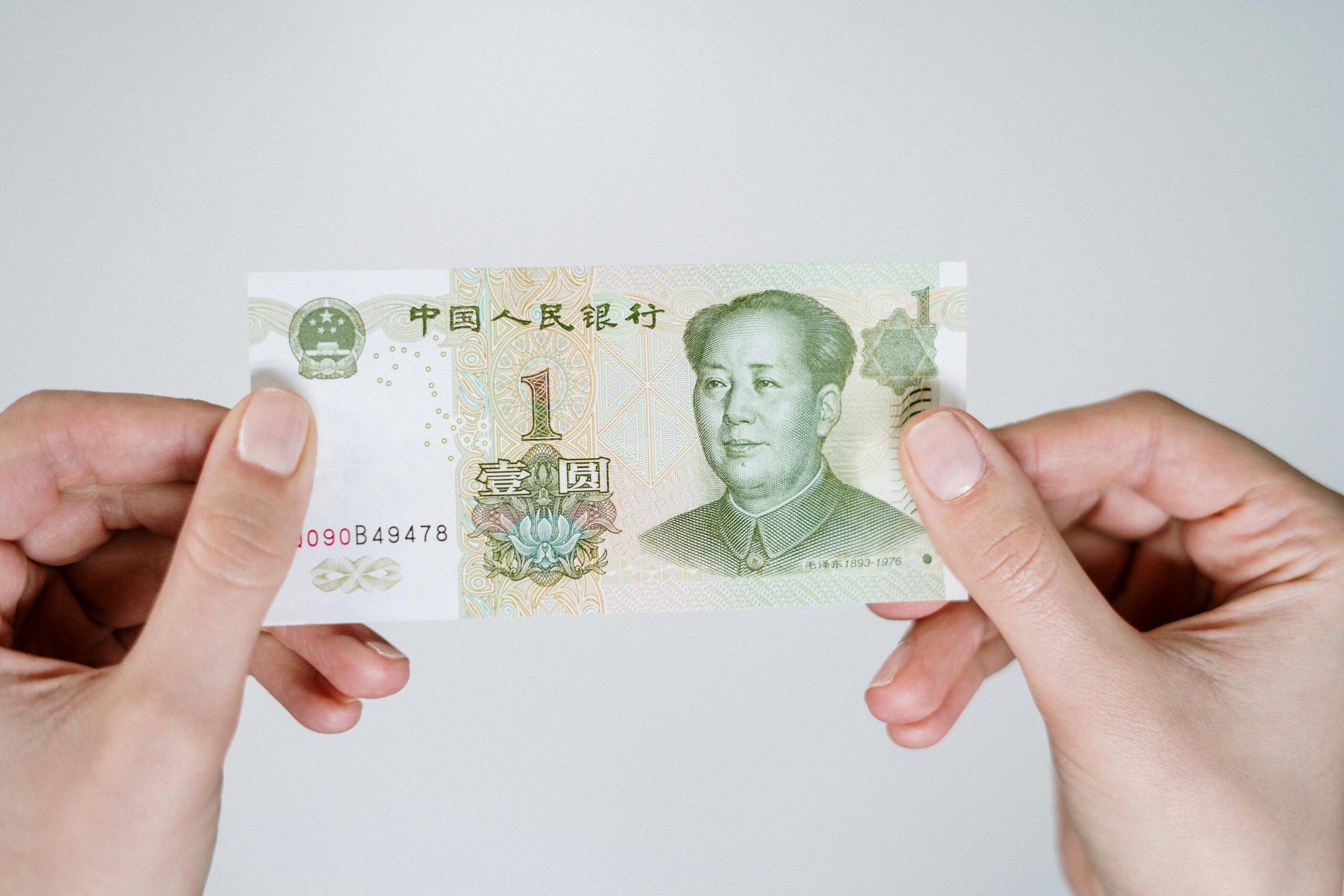




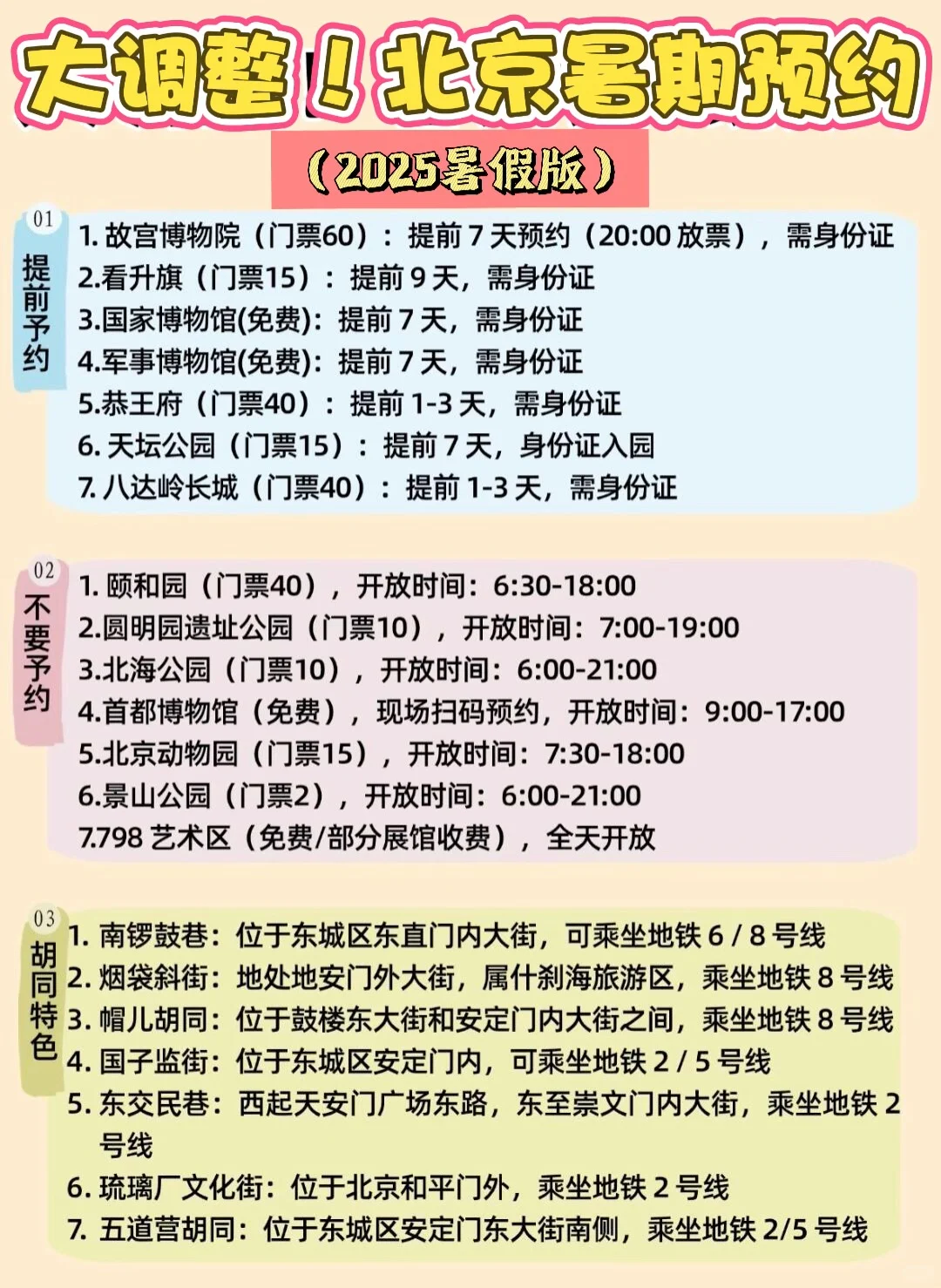

Explore the Real China.
Top Destination
Information